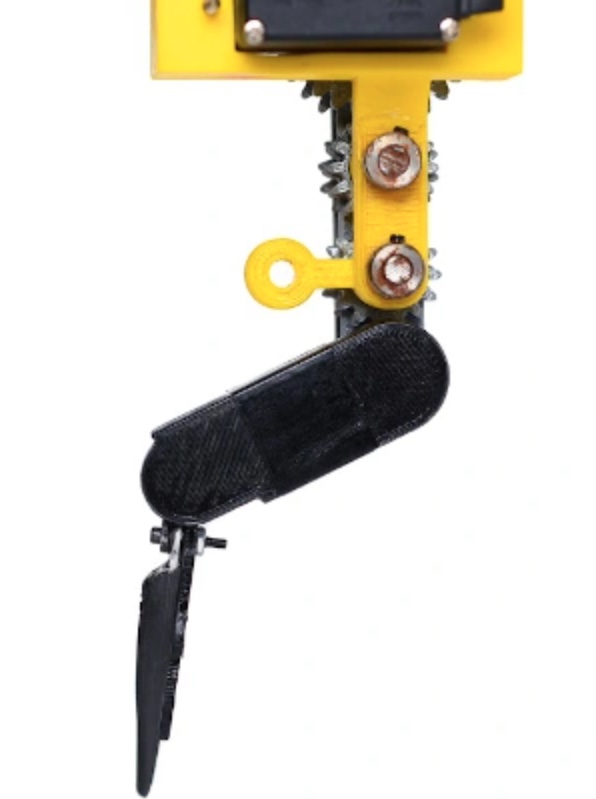Often, more than one imagines that the animal world inspires science for its innovations. Not only the discovery of the human body but also smarter and safer ways to investigate marine meanderings. And it is with such a goal that Pleobot was born. The muse this time is krill, a species of marine invertebrate organisms belonging to the order Euphausiacea: small crustaceans that are particularly concentrated in cold polar waters.
Scientists at Brown University have taken the krill’s structure as an example to create a robot that could simplify underwater exploration and locomotion, discover more of what the oceans contain and, who knows, even identify other extra-terrestrial living species. In fact, an artefact organism would not need much to analyze soil and subsurface in other worlds, with the right accommodations and customizations (e.g., to overcome temperatures that are not exactly “favourable” to certain planets). The team, led by Sara Oliveira Santos, Ph.D. candidate at Brown’s School of Engineering, studied krill extensively to develop Pleobot, which can emulate the crustacean’s movements and its peculiar characteristics.
How it arises
Krill are creatures that excel at swimming, braking, turning, and accelerating. The navigation technique, called “metachronal,” involves the coordinated movement of multiple appendages or legs in sequence, creating a wave-like motion that propels the organism forward. The technique allows krill to live in diverse and complex ocean habitats and make large migrations. In addition, its build allows for remarkable manoeuvrability. “Experiments with organisms are challenging and unpredictable. Pleobot allows us unprecedented resolution and control to investigate all aspects of swimming with which krill excel in underwater manoeuvres. Our goal was to design a comprehensive tool to include all the details that make the crustacean one of the most athletic swimmers in nature,” Santos said.
The construction of Pleobot involved researchers with expertise in fluid mechanics, biology and mechatronics. The robot was built on a scale ten times larger than krill, which is typically the size of a paper clip. The device consists mainly of 3D printable parts with active and passive joint actuation to create natural kinematics. The scientists used force, fluid flow measurements and biological data to establish the relationship between the appendage and thrust.
In practice, the team built Pleobot to have three movable sections, replicating metachronal swimming. The researchers can control Pleobot’s two leg segments and have passive control of its biramous fins, which replicate the opening and closing motion observed in the fins of the small fish. The goal is to simulate how krill generate lift as they swim forward to avoid sinking since they are slightly heavier than water. Even when not swimming, the animals must create a lift to maintain their position in the water.

Under the sea
“We were able to discover that mechanism using the robot. We identified an important effect of a low-pressure region at the back of the swimming legs that contributes to the improved lifting force during the power stroke of the moving legs,” said Yunxing Su, a postdoctoral partner in the lab and co-author of the study. According to the researchers, Pleobot has the potential to harness millions of years of evolution in krill to produce an advanced ocean navigation robot.
“Krill aggregations are an excellent example of swarms in nature: they are composed of organisms with an aerodynamic body, travelling up to a kilometre in any direction, with excellent underwater manoeuvrability. This study is the starting point of a long-term research goal to develop the next generation of autonomous underwater sensing vehicles. Understanding fluid-structure interactions at the appendage level will allow us to make informed decisions about future designs,” said Monica M. Wilhelmus, who runs the Wilhelmus Lab at Brown.
In recent years, the growing need for remotely manoeuvrable machines for underwater exploration has favoured nature-inspired approaches. In particular, the discovery of extraterrestrial oceans motivates the development of new robotic platforms that are likely to require the efficiency, versatility, and manoeuvrability of metachronous swimming. As such, the Pleobot stands as a functional prototype that can be adapted to various tools to investigate deeper underwater territories.



